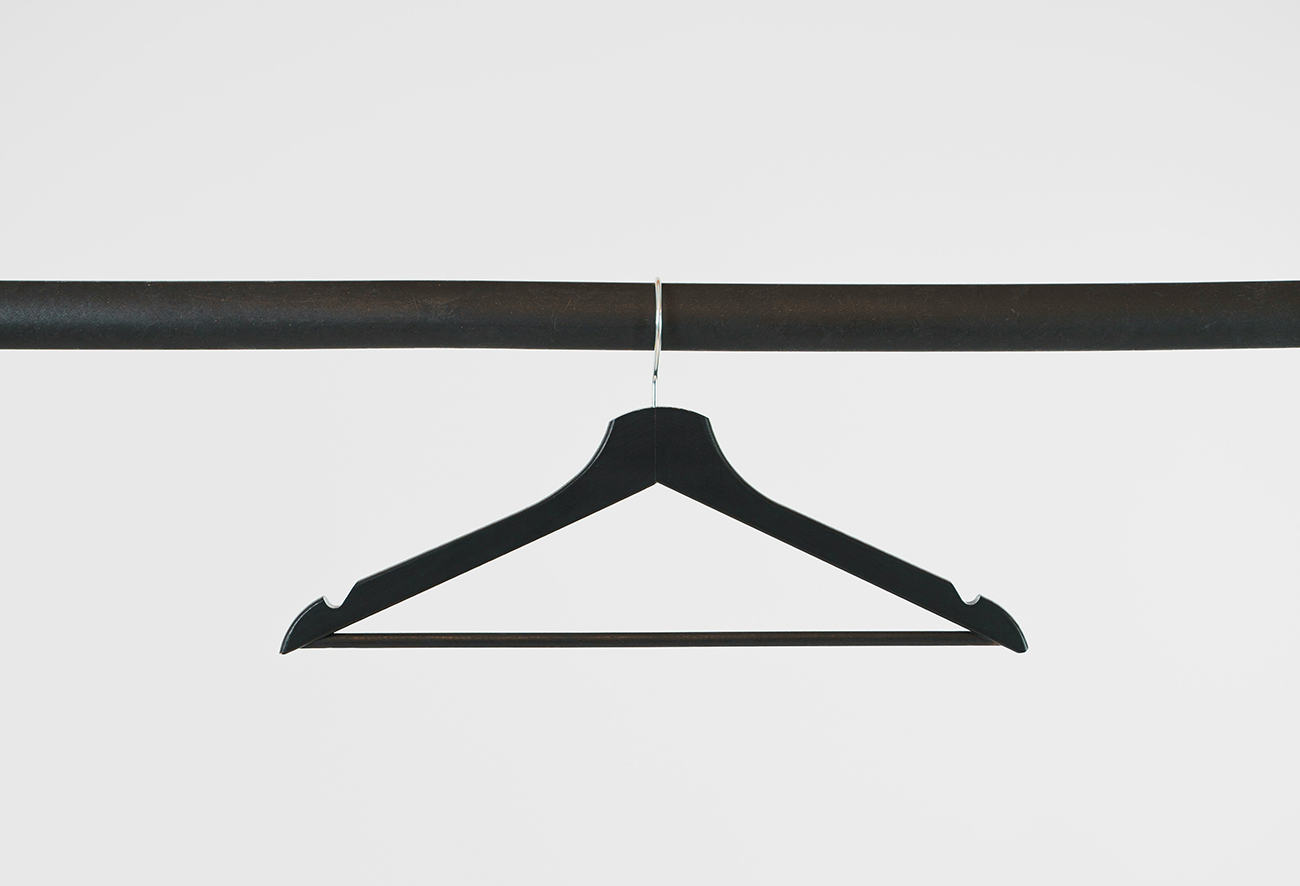How to Create a Monthly Decluttering Plan for a More Organized Life
Understanding the Clutter Crisis
Clutter is more than just a collection of items left lying around; it can significantly impact your overall well-being. Research indicates that living in a chaotic or disorganized space can lead to increased levels of stress and anxiety. A study published in the journal Personality and Social Psychology Bulletin found that women who perceived their homes as cluttered were more likely to experience elevated cortisol levels, a hormone often linked to stress. By tackling clutter effectively, you can pave the way toward a calmer and more serene life.
Why a Monthly Decluttering Plan Works
A structured monthly decluttering plan not only offers a roadmap for organizing your space but also creates a sustainable routine that prevents clutter from building up in the first place. The idea is to break down the daunting task of organizing your entire home into smaller, achievable goals, allowing you to maintain focus and motivation.
The Key Benefits
Engaging in a monthly decluttering session brings several advantages:
- Improved mental clarity and focus: Research shows that mental clarity can increase when your living space is orderly. An organized home eliminates distractions, allowing you to concentrate on what truly matters.
- Increased space and functionality: By systematically removing unnecessary items, you free up valuable space. This newfound room can enhance the functionality of each area in your home, providing you the ability to use rooms for their intended purposes—be it cooking, working, or relaxing.
- Enhanced emotional well-being: Decluttering can serve as a therapeutic exercise. The physical act of sorting through belongings can provide a sense of accomplishment, making you feel more in control of your environment, which can have a positive impact on your emotional state.
Essential Steps to Implement Your Plan
To successfully embark on your decluttering adventure, consider these vital elements:
- Set specific decluttering goals: Define what you want to achieve each month—whether it’s organizing a single room or a specific category like clothing or kitchenware.
- Identify key areas in need of attention: Prioritize spaces that are most cluttered or those that impact your daily life the most. For instance, if you frequently trip over shoes in the entryway, tackle that space first.
- Establish a consistent timeline: Block off a day each month dedicated solely to decluttering. Make it a recurring event on your calendar so it becomes a habit, similar to how one might schedule a doctor’s appointment.
Committing just a few hours each month can lead to a dramatically transformed living space, one that invites relaxation and rejuvenation. As you embark on this journey, remember that the goal is not just to eliminate items but to create a harmonious environment that promotes well-being.

Taking the First Step
Are you ready to reclaim your space? Start visualizing the serene home you desire and take that first step toward decluttering. Research different methods and approaches, from Marie Kondo’s philosophy of only keeping items that spark joy to the minimalist lifestyle that promotes living with less. Embrace the journey, and watch as your home evolves from chaos to a sanctuary of peace.
DISCOVER MORE: Click here to learn how minimalism can enhance your daily life
Designing Your Personalized Decluttering Strategy
Creating a functional and effective monthly decluttering plan begins with thoughtful preparation. Tailoring your strategy to fit your lifestyle is essential for success. Here’s how you can create a plan that resonates with your unique needs:
1. Assess Your Current Clutter Level
Before diving headfirst into decluttering, take some time to evaluate your current situation. Walk through your home, noting the areas that feel overcrowded or disorganized. Ask yourself:
- Which spaces do I avoid due to clutter?
- Are there items I have not used in months or even years?
- How does the clutter make me feel in these spaces?
Understanding the scope of your clutter allows you to prioritize effectively, making the decluttering process less overwhelming and more manageable.
2. Weekly Focus Areas
To maintain momentum throughout the month, break up your decluttering efforts into weekly tasks. Assign a specific focus area for each week. This strategy prevents you from feeling overwhelmed and provides a clear path forward. Some suggested focus areas include:
- Week 1: Closets and Clothing
- Week 2: Kitchen Cabinets and Pantry
- Week 3: Living Room and Electronics
- Week 4: Attic, Basement, or Garage
Assigning dedicated weeks to specific spaces enables you to dig deep without distraction, making significant progress towards organization each month.
3. Create a Decluttering Inventory
Once you’ve defined your areas, create a decluttering inventory or checklist. Document which rooms or spaces you plan to tackle, and list the items that you suspect may need to be discarded, donated, or repurposed. This checklist not only aids in organization but also serves as a motivational tool, allowing you to track your progress as you check off completed tasks.
4. Utilize the Four-Box Method
One effective decluttering technique is the Four-Box Method. Label four boxes (or bins) with the following categories:
- Keep: Items that genuinely serve a purpose or bring you joy.
- Donate/Sell: Items in good condition that you no longer use or need.
- Trash: Items that are broken or beyond repair.
- Relocate: Items that belong in another room or need to find a better home.
As you sort through your belongings, place items in the corresponding boxes. This method makes decision-making more straightforward, helping you to let go of items more easily while maintaining clarity on what to keep.
By taking these structured steps, you not only cultivate a more organized living space but also build a sustainable decluttering habit. As you embark on implementing your monthly decluttering plan, keep in mind that the goal is to achieve a more organized life, one manageable step at a time.
Creating a monthly decluttering plan can bring significant transformative changes to your life, leading not only to a tidier home but also to a clearer mind. To develop a successful blueprint for decluttering, start by breaking down the tasks into manageable steps. This approach minimizes overwhelm and allows you to track your progress effectively.Begin with a calendar template where you outline specific days dedicated to different areas of your home. For example, allocate the first Saturday of the month for decluttering the living room, the second for the bedroom, and so on. Setting a regular schedule helps establish a routine, making it easier to adopt decluttering as a monthly habit.Moreover, utilize the four-box method. Label boxes as “Keep,” “Donate,” “Sell,” and “Trash” to streamline your decision-making process. This method encourages thoughtful consideration about each item, ensuring you only keep what truly adds value to your life. Be diligent about your choices; if you haven’t used or loved an item in the past year, it may be time to let it go.In addition to the physical space, remember to declutter your digital life as well. Set aside time each month to organize your files, emails, and social media accounts. This often-overlooked aspect of decluttering can drastically enhance productivity and reduce distractions.Consider creating a checklist that outlines the tasks for each decluttering session. Not only does this help keep you organized, but checking off each completed item can also provide a sense of accomplishment, motivating you to continue. Tracking your progress visually can amplify your motivation, turning decluttering from a daunting task into an ongoing journey towards a more organized and serene lifestyle.Lastly, remain flexible and forgiving with yourself. Some months may be busier than others, and that’s perfectly fine. Adapt your plan as needed. The goal is to cultivate a more organized life that nurtures your well-being and peace of mind. Establishing a monthly decluttering plan is not just about tidiness; it’s about creating a space that reflects you, which allows your creativity and productivity to flourish.
DISCOVER MORE: Click here to learn how minimalism can enhance your daily routine
Implementing Your Plan for Lasting Results
Once you have crafted your personalized monthly decluttering plan, the next step is to implement it effectively. This may involve developing new habits, finding strategic motivation, and learning to adapt. By focusing on execution, you’re not only clearing out space but also creating an environment that nurtures a more organized life.
5. Schedule Decluttering Sessions
To ensure your decluttering plan stays on track, it is beneficial to schedule specific times for your decluttering sessions. Much like a dentist appointment, treat these sessions as non-negotiable commitments. Block off time on your calendar, ideally when you feel most energetic and motivated. The little-known secret is to start small; even dedicating just 15-30 minutes can yield significant results over time. Consider utilizing weekends or designated weekday evenings, especially if you have a busy schedule.
6. Enlist Help and Accountability
Decluttering can become overwhelming, but you don’t have to tackle it alone. Consider teaming up with a friend or family member who can provide support and encouragement. Not only does this make the process more enjoyable, but it also adds a layer of accountability and unique perspectives on what to keep or let go. Additionally, exploring online communities through social media platforms or local groups focused on decluttering can offer motivation. Sharing your progress or struggles can connect you with others who share similar goals, expanding your decluttering network.
7. Establish Clear Donation Channels
One of the most crucial aspects of decluttering is ensuring that items you no longer need find a new home. Research local charities or programs in your area that accept donations. Establish consistent drop-off days or create a specific spot in your home where items can be collected for donation. For example, you might coordinate with Goodwill or the Salvation Army, which often have multiple donation centers across the country. This allows you to declutter with purpose, knowing your items will benefit someone else.
8. Focus on One Item at a Time
When sorting through clutter, it’s easy to become overwhelmed by the sheer volume of items. Combat this by taking a straightforward approach where you focus on one item at a time. Evaluate each piece critically: Do you truly need it? Does it bring joy? Or has it simply become a fixture in your home? Engaging in this kind of mindful decision-making can significantly streamline the decluttering process and helps prevent future clutter accumulation.
9. Refresh and Reflect
At the end of each month, set aside time to reflect on your decluttering journey. Write down your achievements, areas where you felt challenged, and thoughts on how your space feels post-decluttering. Use this reflection to inform your next month’s plan. Has your perspective on what you need changed? Have you identified areas that require more attention? This kind of self-reflection allows for adaptability in your decluttering strategy, and cultivating resilience can enhance your overall organization efforts.
Incorporating these steps into your decluttering process doesn’t just make it more manageable; it fosters a lifestyle shift towards minimalism and intentional living. Each item you let go becomes a step toward a more organized life, fostering environmental clarity and emotional well-being as you embrace the art of simplicity.
DISCOVER MORE: Click here for practical decluttering tips
Conclusion: Embrace the Journey to an Organized Life
As you embark on your quest toward a more organized life, a monthly decluttering plan serves as your roadmap. By taking a systematic approach, you not only reclaim physical space but also enhance your mental clarity and emotional well-being. Remember, the decluttering journey is not about perfection but progression. Each small decision you make—which items to keep, donate, or discard—contributes to a broader lifestyle transformation centered around mindfulness and simplicity.
Incorporating techniques such as scheduling decluttering sessions or enlisting the support of friends can elevate your efforts, making the process feel less like a chore and more like a collaborative project. Establishing clear channels for donation and focusing on one item at a time reinforces the idea that letting go can be liberating, opening doors to new possibilities in your space.
Moreover, the act of reflecting and adapting your decluttering strategy each month positions you to embrace continuous growth. As decluttering becomes a staple of your routine, you may find yourself more attuned to what truly adds value to your life, forging healthier habits along the way. So take the plunge—develop your personalized plan, commit to it, and revel in the clarity and peace that a well-organized life can bring.
Ultimately, a successful monthly decluttering plan can redefine your relationship with your belongings, paving the way for a more intentional existence. Armed with the insights from this guide, you’re now ready to transform your space, and by extension, your life.


